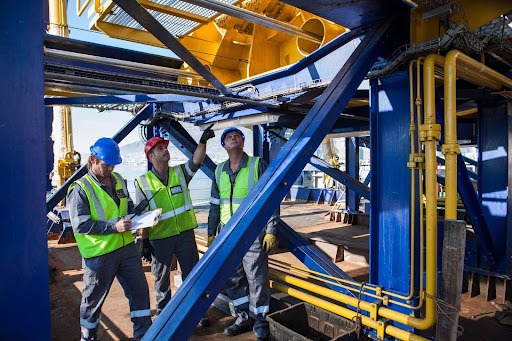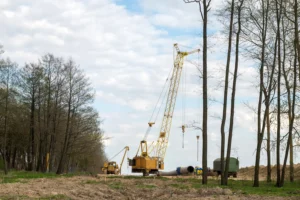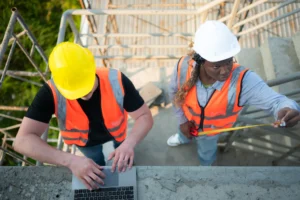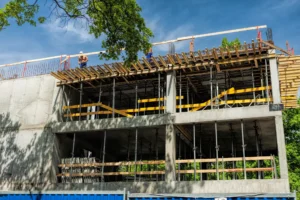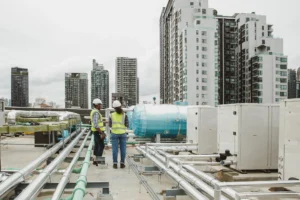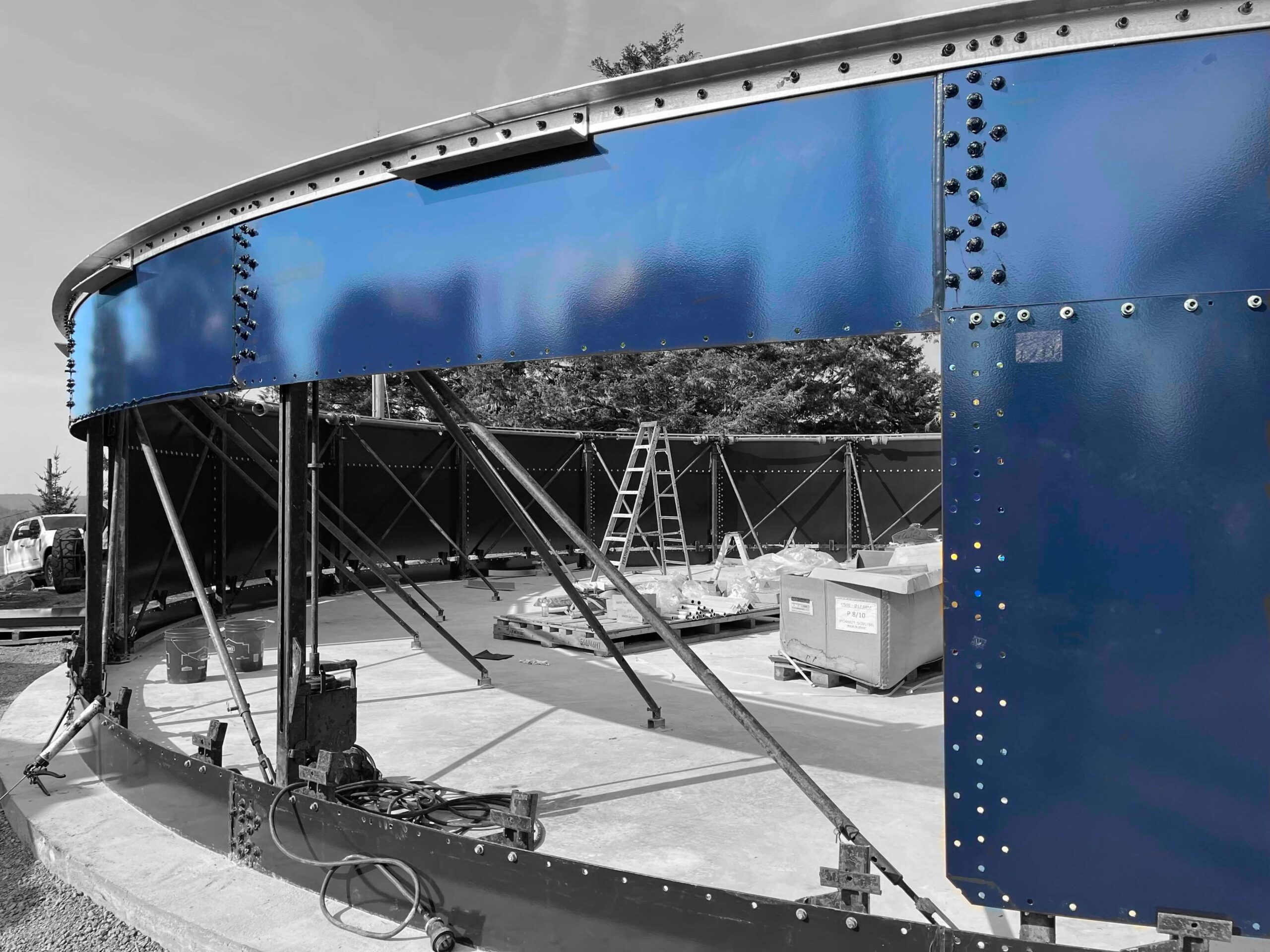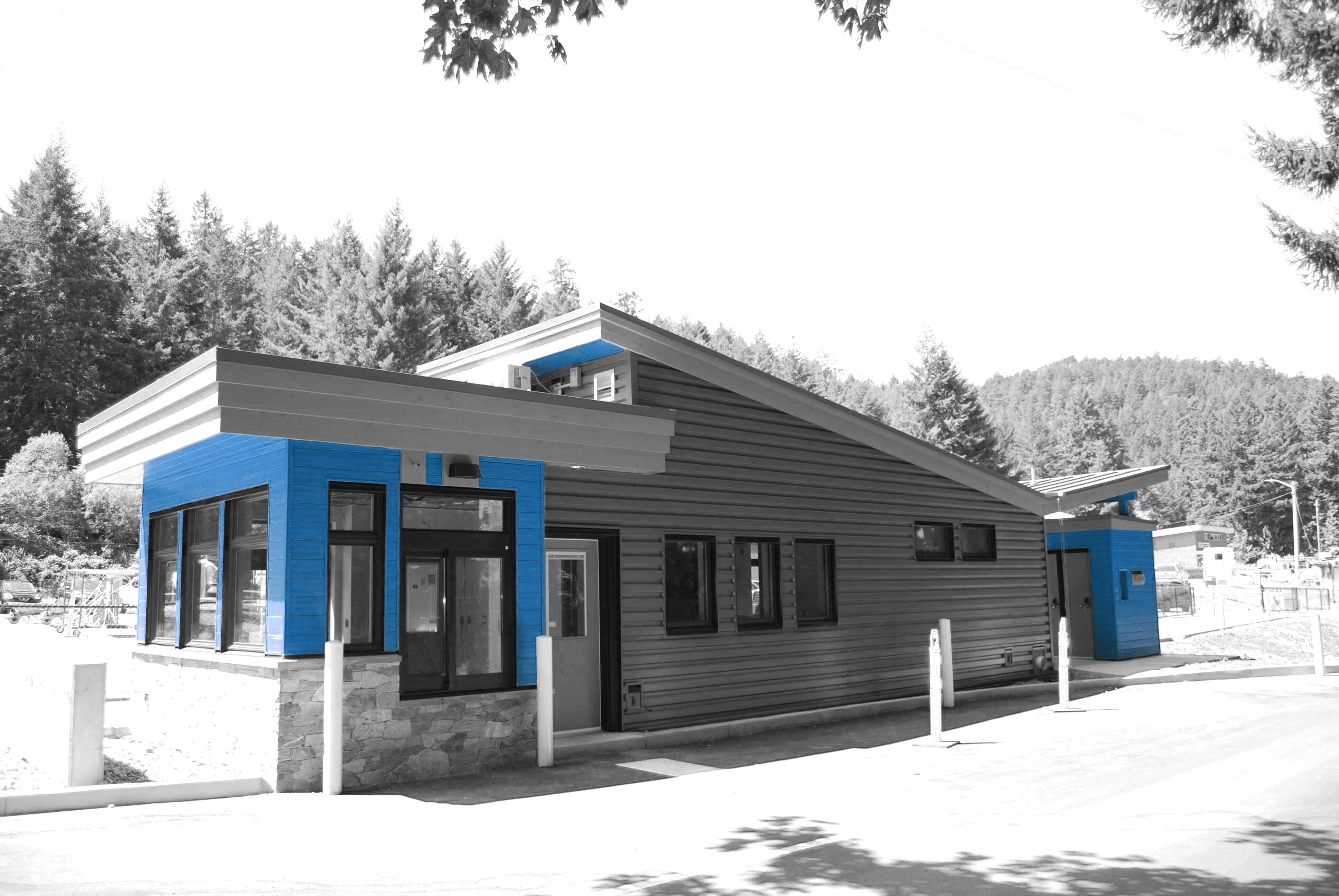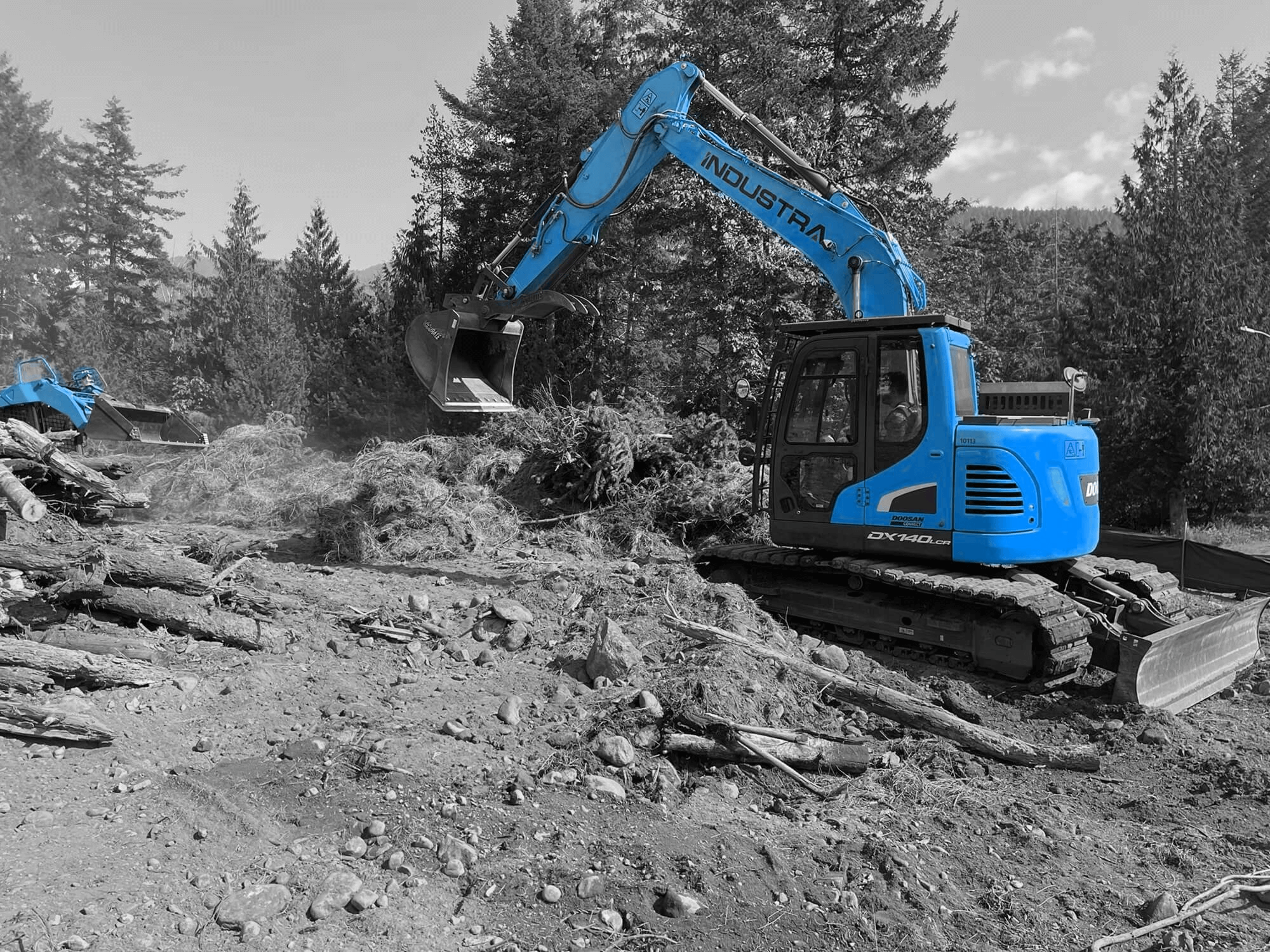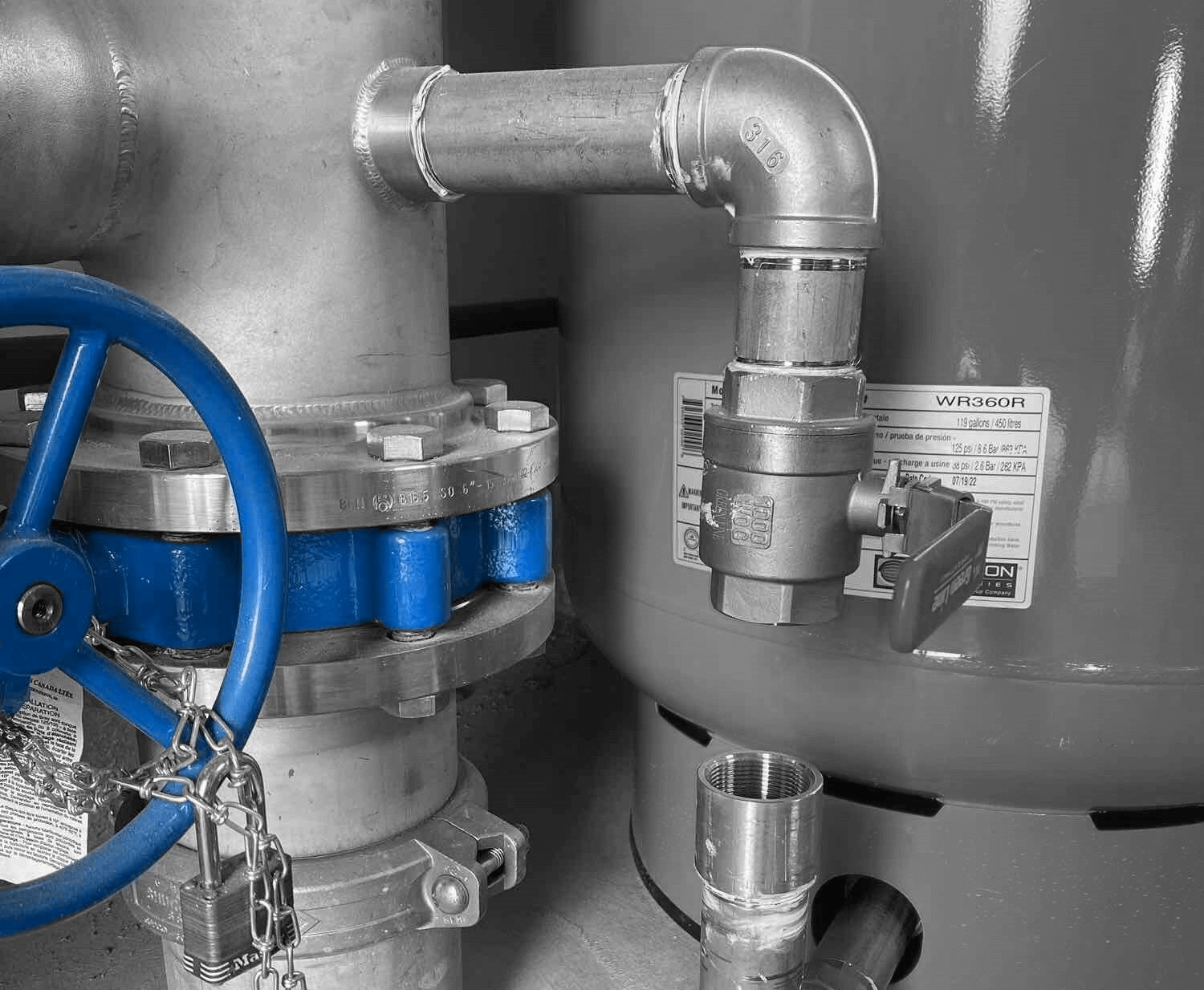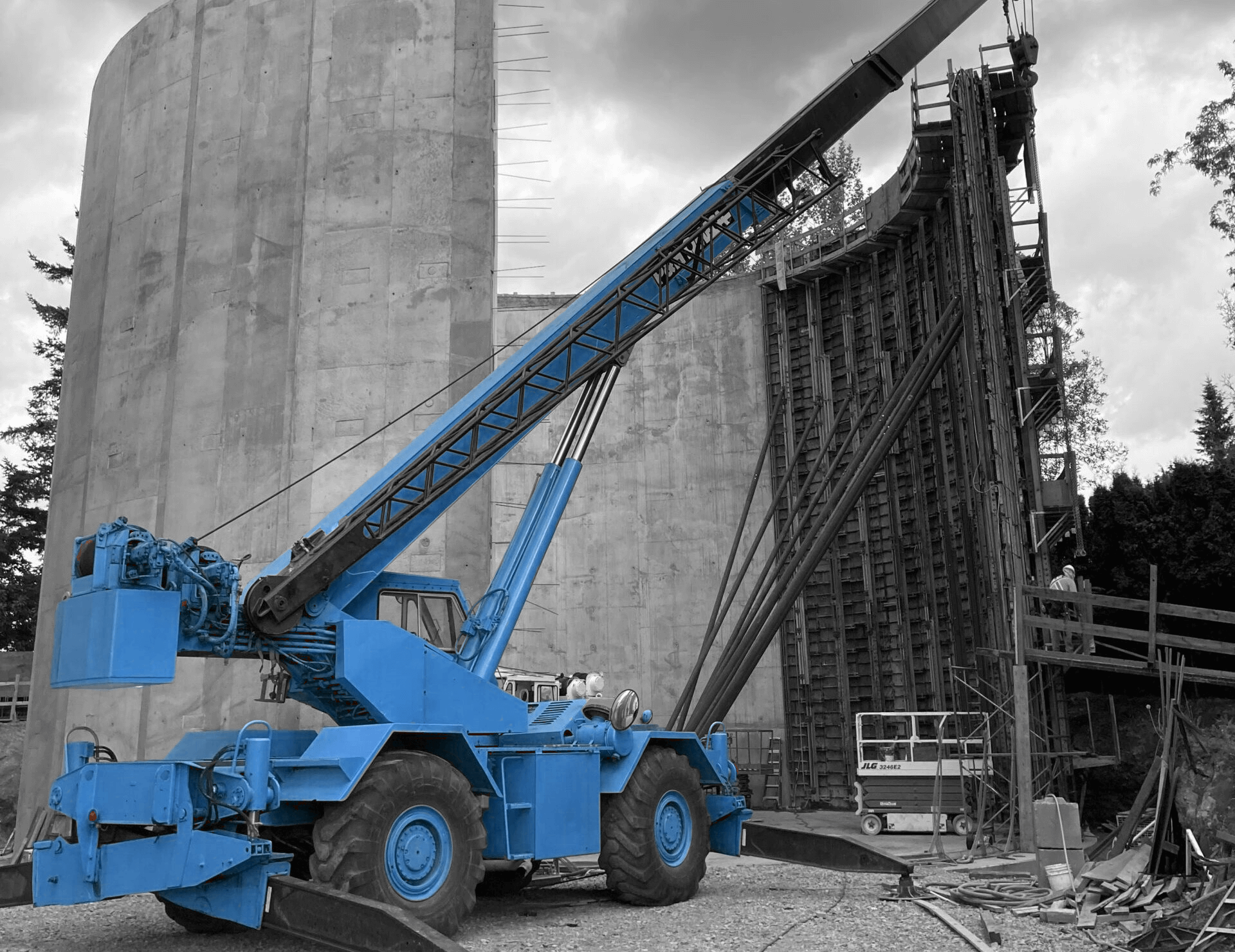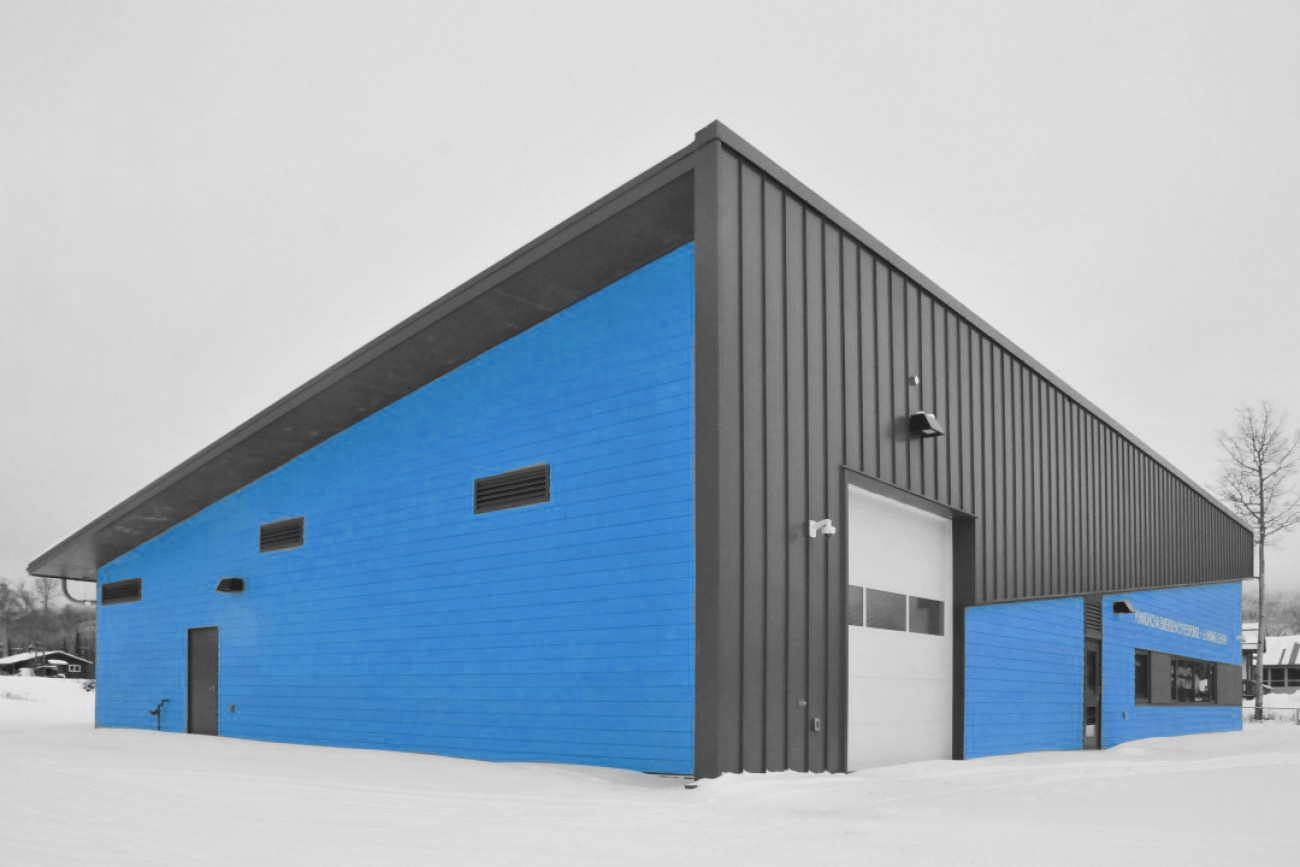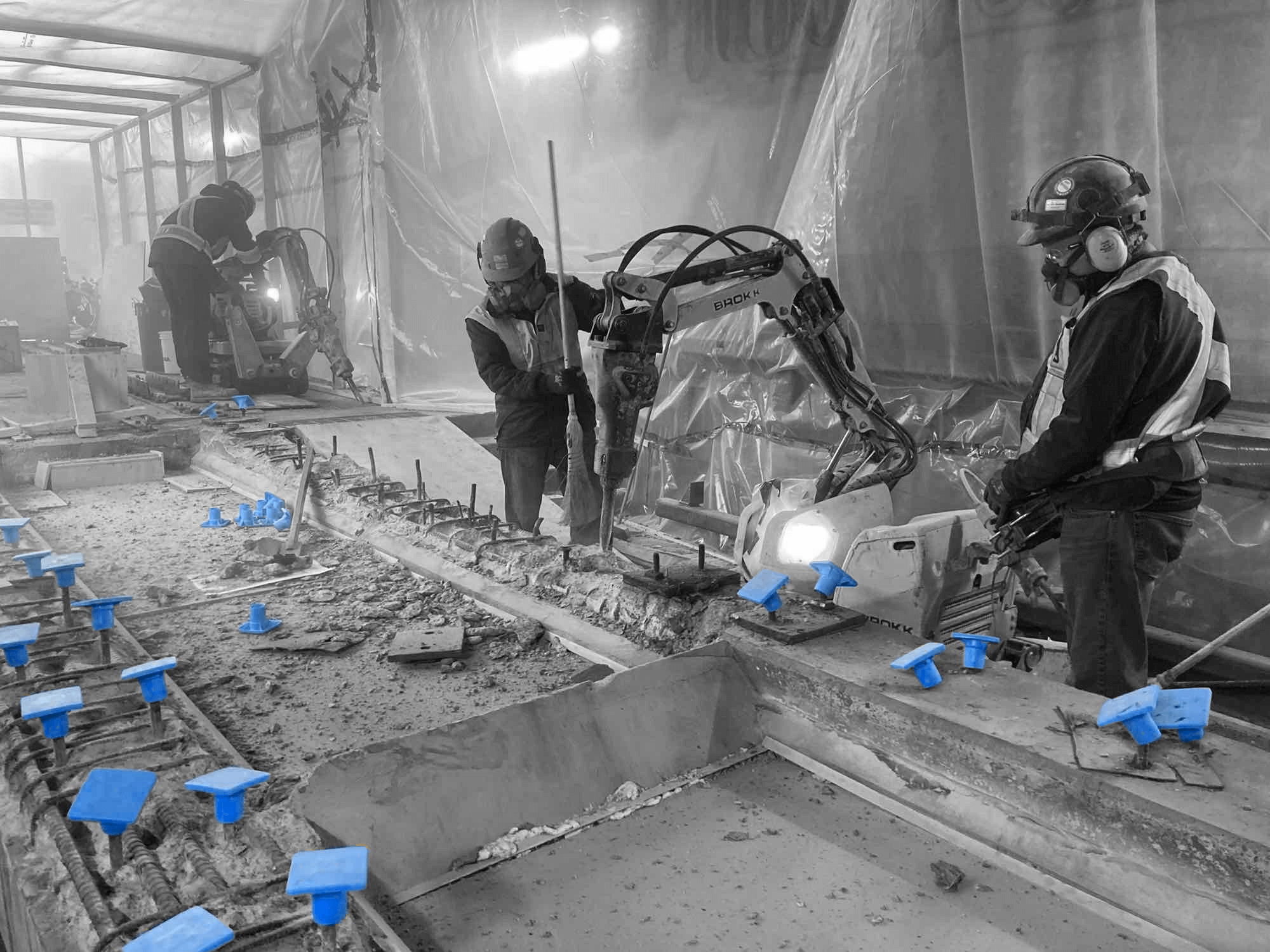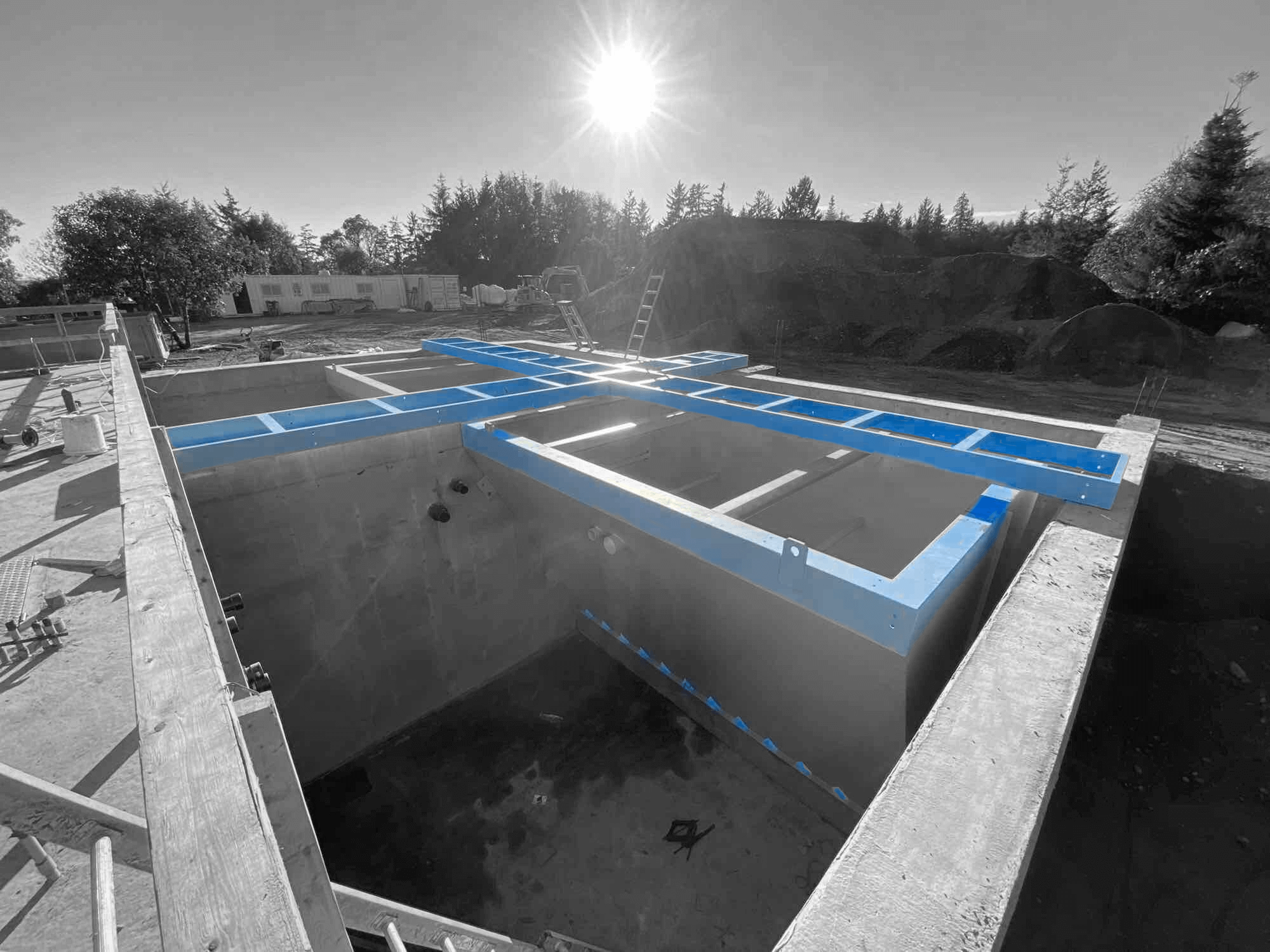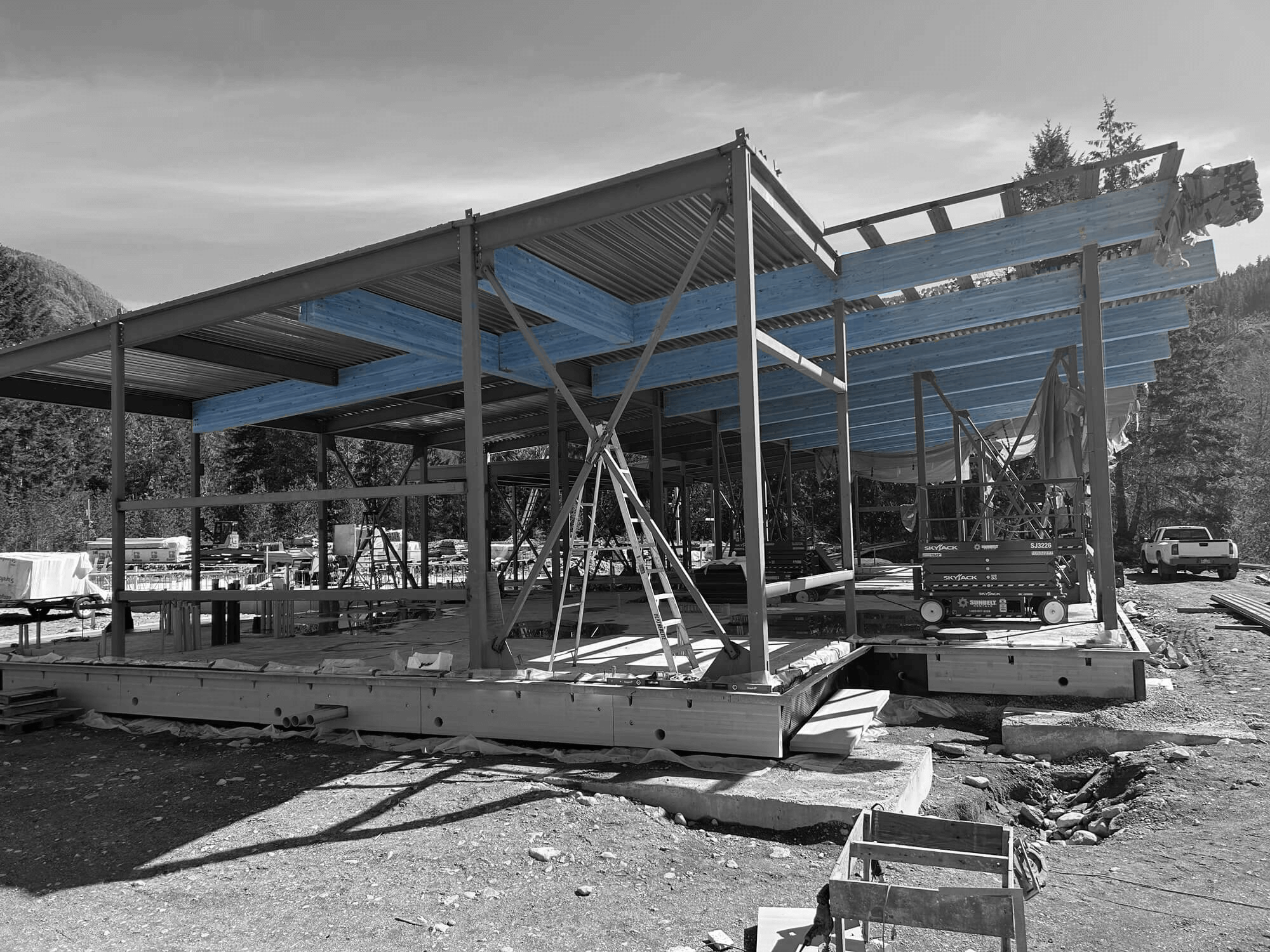Marine construction is crucial in protecting our coastal areas. It involves building structures in or near water, like ports and seawalls, which are vital in managing the delicate balance between land and sea. These projects help prevent erosion, manage tidal forces, and protect communities from flooding.
The importance of marine construction goes beyond just building structures. It plays a key role in preserving marine environments while supporting economic activities like shipping and fishing. By integrating environmental protection with structural design, marine construction ensures that coastal areas remain resilient against changing weather patterns and rising sea levels.
Advancements in construction technology continue to enhance the efficiency and effectiveness of marine projects. With new techniques and materials, marine construction is becoming more sustainable and durable. These innovations are helping coastal areas adapt to challenges, ensuring they remain safe and thriving for future generations.
Understanding Marine Construction
Marine construction is a specialized field involving the creation and maintenance of structures in water or near coastlines. This type of construction is vital for protecting and enhancing the resilience of coastal areas. Key projects include ports, harbours, and seawalls. Ports and harbours are essential for facilitating trade and transportation, providing safe docking and storage facilities for ships. They are typically built with robust materials to withstand harsh marine conditions and ensure the safety of vessels and their cargo.
Seawalls are another crucial element of marine construction, serving as barriers that protect coastlines from the force of waves and storm surges. These structures prevent erosion and help maintain the natural shape and stability of shorelines. By reducing the impact of waves, seawalls also protect coastal properties and infrastructure, supporting economic activities and community safety.
Marine construction impacts the environment positively when managed correctly. Projects like artificial reefs contribute to ecological diversity by creating habitats for marine life. Additionally, these projects bolster coastal resilience by reducing the impact of floods and storms, helping communities withstand extreme weather conditions. This balance of construction and conservation highlights marine construction’s vital role in protecting our coasts for future generations.
Techniques and Materials Used in Marine Construction
Marine construction relies on specific materials and techniques designed to withstand harsh water environments. Common materials include steel and concrete. Steel, with its strength and flexibility, is ideal for structures like bridges and piers. Meanwhile, concrete is used for its durability and resistance to seawater, making it perfect for seawalls and docks.
Innovative construction techniques are crucial for building sturdy marine structures. Underwater welding is one such technique, allowing for repairs and constructions directly in the water. This method is suitable for maintaining and constructing pipelines, ship hulls, and offshore platforms. Another essential technique is pile driving, which involves driving large poles into the seabed to provide stable foundations for structures like piers and bridges. This method ensures that marine structures can withstand the forces of currents and tides.
These advanced methods contribute significantly to the durability and strength of marine structures, ensuring they last for years despite challenging conditions. By choosing the right materials and employing cutting-edge techniques, marine construction projects help secure and enhance coastal infrastructure, supporting both environmental and economic goals. This focus on strength and innovation underscores the critical role marine construction plays in safeguarding coastal areas.
Environmental Considerations in Marine Construction
Marine construction projects face significant environmental challenges. These challenges include habitat disruption, water pollution from construction materials, and impacts on marine life. Protecting ecosystems while developing coastal infrastructures requires thoughtful planning and execution.
To minimize ecological impacts, several strategies are employed. One effective approach is careful site selection, ensuring projects are located where they cause the least disturbance. Using eco-friendly construction materials, like biodegradable lubricants and non-toxic paints, further reduces harm to marine environments. Implementing silt screens and bubble curtains can control sediment dispersion and lessen noise pollution, protecting nearby wildlife during construction.
Regulatory frameworks are crucial in guiding sustainable practices in marine construction. Environmental impact assessments are mandated for new projects, ensuring potential ecological effects are thoroughly evaluated. These assessments help project teams devise plans that meet both construction goals and environmental standards. By adhering to regulations and adopting best practices, marine construction projects can protect coastal resources while achieving their objectives.
Advancements in Marine Construction Technology
Technological advancements are revolutionizing marine construction, making projects more efficient and precise. New technologies, such as 3D modelling, allow engineers to visualize projects in detail before construction begins. This visualization helps identify potential challenges and solutions early on. GPS-guided machinery enhances accuracy in positioning structures, ensuring they are built to exact specifications.
Automation and robotics play an essential role in enhancing safety and precision. Drones can conduct aerial surveys and inspections, providing valuable data without risking human workers. Robotic systems are used for undersea tasks, performing complex operations like welding and repairs with high precision. These technologies not only improve the quality of construction but also reduce the risk of accidents.
By reducing construction time and costs, these technological advancements make marine construction more sustainable and accessible. This continues to be crucial as communities prepare to adapt to environmental changes. Embracing innovation ensures better protection and management of coastal regions, supporting both ecological preservation and economic progress.
Conclusion
Marine construction is integral to safeguarding coastal regions and ensuring sustainable development. By understanding techniques and materials, addressing environmental considerations, and embracing technological advancements, we create resilient infrastructures that protect our shores. These efforts not only preserve the natural environment but also support economic activities crucial for community growth.
Partnering with professionals who are dedicated to sustainable practices ensures marine construction projects meet ecological and economic needs. As technology continues to evolve, there are more opportunities to innovate and improve coastal protection measures. By focusing on these aspects, we can build a future where communities are both safe and prosperous.
Discover how Industra Construction Corp. can help your community implement effective marine construction solutions. Our expertise in sustainable practices and innovative technologies ensures that your coastal infrastructure projects are executed with precision and care. Contact us today to start building a more resilient future.


